Five generations of St Andrews alumna
Katie Abraham (BSc 2022) is the fifth generation of her family to graduate from the University of St Andrews. She describes how her love of St Andrews developed during childhood holidays and explains how University traditions have changed and evolved since her first relative came here in 1910.
When I was a child, my family came on holiday to St Andrews every year, and I have vivid memories of getting wet in the rock pools on East Sands and consuming gallons of Jannetta’s ice cream. As I grew older, I began to talk about studying medicine at St Andrews although at that stage, of course, I didn’t know how much work I would need to do to get in, or what would be involved once I started. What I did know was that I liked the idea of studying near the sea.
Although my mum and both of my mum’s parents had studied at St Andrews, it wasn’t something that any of us particularly thought about and it didn’t influence my choice of university application: I applied to study at St Andrews because I loved it so much myself.
It was only in first year when my mum and granny came to visit me in my hall and talked about their own experiences at St Andrews, that the family connection really began to hit home. I suddenly realised that five generations of our family had studied at St Andrews: Robina Carswell (BSc 1914); Elinor Ferguson (MA 1940); Anne Reed (BSc 1966); Heather Caulfield (BSc 1992) and Katie Abraham (BSc (Hons) 2022).

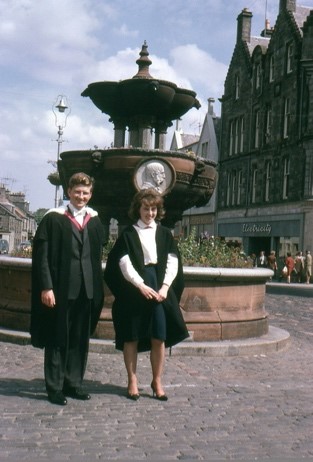
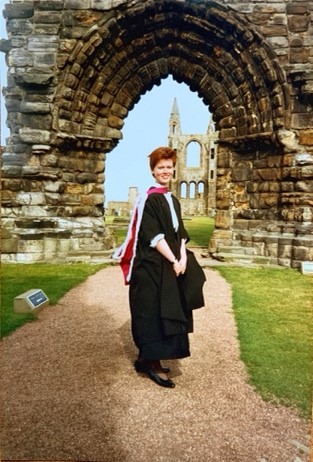
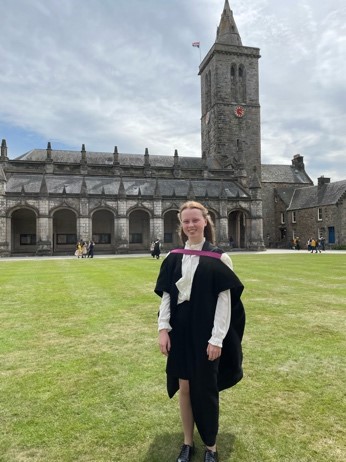
Two members of my family have also been married in St Andrews – one in St Salvator’s Chapel and the other in Martyrs Kirk across the road because the Chapel was undergoing restoration work at the time.
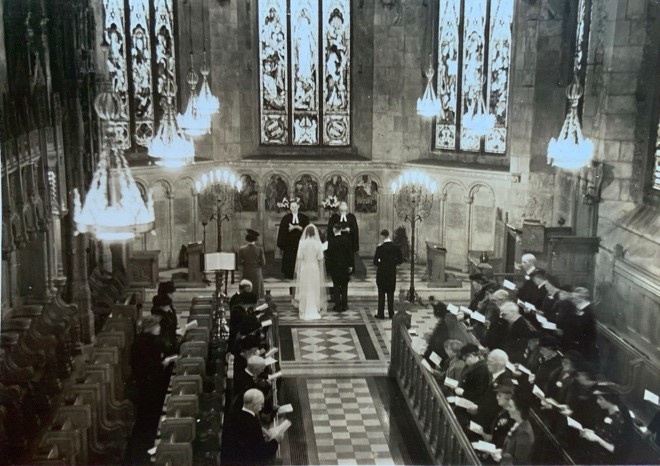
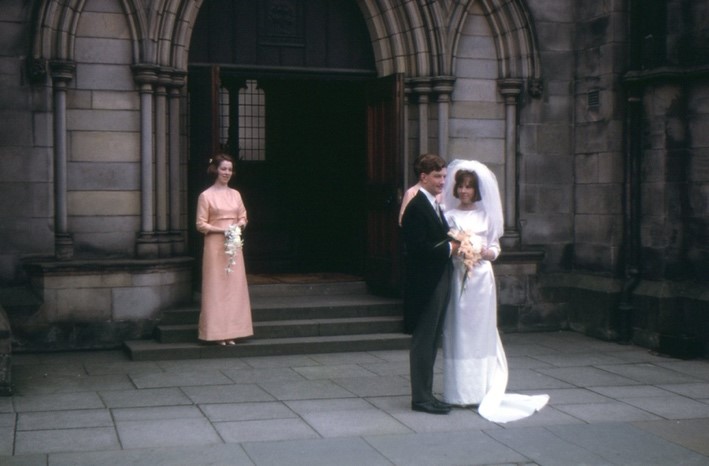
Aside from the fact that I am the fifth generation to attend St Andrews, what interests me most is that each generation was female and that my first relative – Robina Carswell – studied here between 1910 and 1914 when the University had around 495 students, and of these 42% were women. The gender balance was perhaps better than might have been expected at this time.
To put this in its historical context, St Andrews had only begun to accept women on an equal basis with men around 35 years earlier in 1876 – and that was only eight years after the University of London became the first university in the UK to accept female students in 1868. So, in effect, Robina was one of the first cohorts of women to study here.
University life was quite different at the beginning of the 20th century, when students wore their red undergraduate gowns between lectures, so it was easier to identify them.
University traditions are ever evolving – to the extent that there are striking differences between what happened when my granny and my mum were here (in the 1960s and 1990s respectively) and what I’ve experienced.
In the 1960s there was no foam fight on Raisin Monday, Raisin receipts were written in Latin on objects of the academic parents’ choosing and bejants and bejantines were given a Raisin string to keep when the weekend was over.
In the 1990s the concept of academic sins didn’t exist, so the purpose of May Dip wasn’t in fact to cleanse these sins but rather just to celebrate May Day morning (although, of course, the superstition around stepping on the PH stone still remains!)
My experience of university life also differed to that of my relatives because of the Covid-19 pandemic. But while restrictions reduced the time students were able to spend in St Andrews, the quality of teaching and support that we received never suffered. Once the first lockdown was lifted, University life picked back up and I was able to resume in-person studies in medicine; practise my clinical skills, go on placements around Fife and complete a lab dissertation project.
My time at St Andrews has been fantastic. I have immersed myself in countless University music ensembles and have enjoyed being able to use the recently opened Laidlaw Music Centre. I have met people from all over the world and have been given intangible gifts that I will take with me for the rest of my life.
It’s amazing to think that five generations of my family have now graduated from the University of St Andrews, with all the different memories and experiences that have made us who we are.
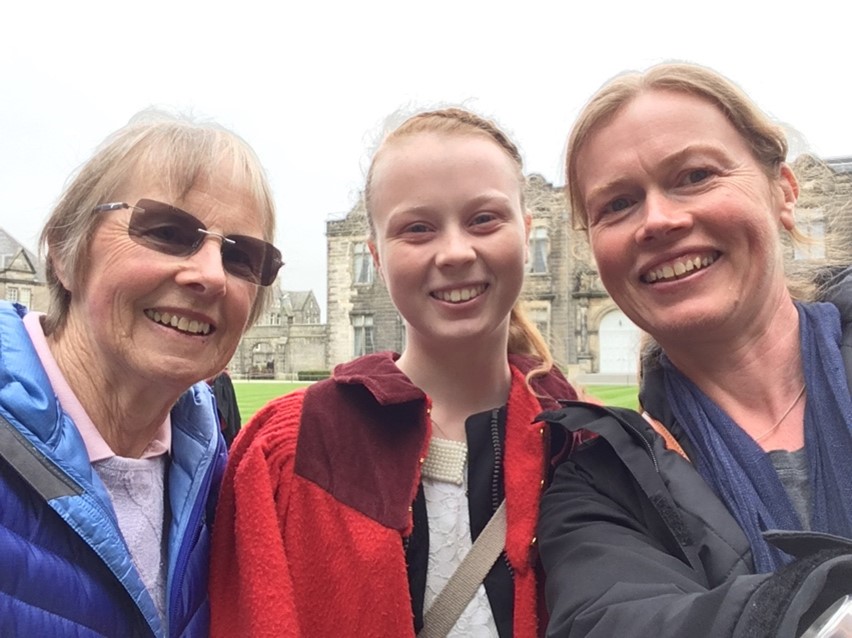
I feel strongly, as my mum and granny do, that this should not become a “tradition” that future generations feel pressurised to follow. It is for this reason that no gowns have ever been passed down the five generations. No one can predict what’s going to happen and the people who follow us should be free to choose where they want to study, although the draw to St Andrews will always remain!
